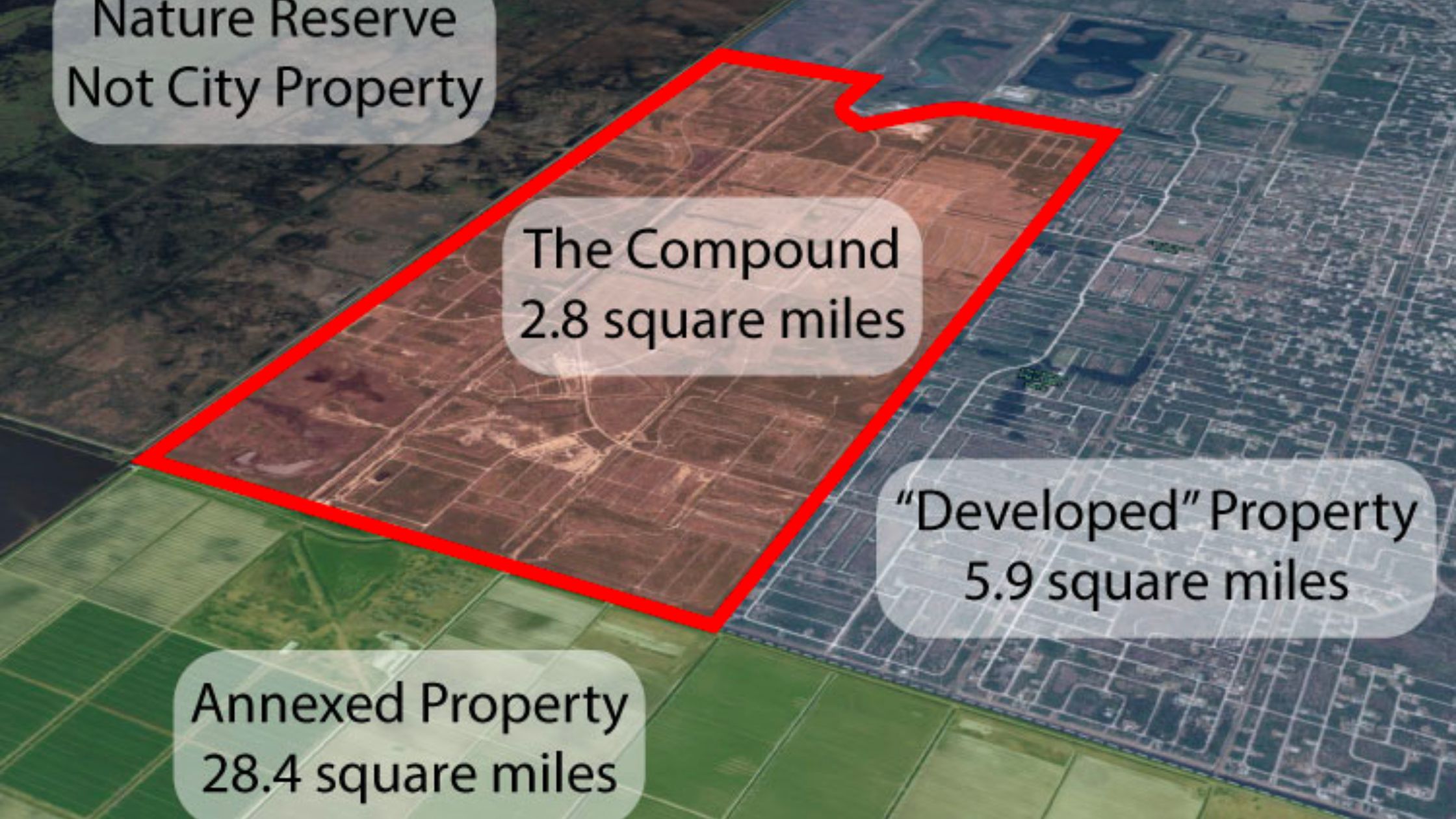Florida’s Speaker of the House Chris Spowls has selected Merritt Island Republican Tyler Sirois as the chair of the Congressional Redistricting Subcommittee. Drawing the redistricting lines is a process that happens once every 10 years following the national census data being released. Florida has gained one additional congressional district based off of its growth in population over the last decade. Sirois will lead the process of deciding the location of that new district.
Sirois, is serving his second-term as a Representative, and is currently running for reelection. He serves as the Majority Whip for the Health and Human Services Committee.
“As the HHS Whip, Tyler Sirois embodied qualities of hard work, thoughtfulness and a positive attitude,” Sprowls posted. “They will serve him well in the challenge of drawing Fla.’s new Congressional maps. I am proud to appoint Rep. Sirois as Chair of the Congressional Redistricting Subcommittee.”
Redistricting in Florida will be closely watched by the nation as Republicans try to take back majority in the US House of Representatives. Democrats only hold an advantage of 8 seats. The redrawing of district lines could make the difference in districts that are traditionally red or blue, making them more competitive for the other.
The process in the past has been a contentious one in Florida leading to lawsuits.
Following the 2010 United States Census, Florida gained two congressional seats. In November 2010, voters approved two separate constitutional amendments establishing that congressional and state legislative districts must meet the following criteria (Amendment 6 applied to congressional districts; Amendment 5 applied to legislative districts):
| “ | [Districts] may not be drawn to favor or disfavor an incumbent or political party. Districts shall not be drawn to deny racial or language minorities the equal opportunity to participate in the political process and elect representatives of their choice. Districts must be contiguous. Unless otherwise required, districts must be compact, as equal in population as feasible, and where feasible must make use of existing city, county and geographical boundaries. |
On February 9, 2012, the Republican-controlled state legislature approved new congressional lines. On February 16, 2012, the plan was signed into law.
- On February 9, 2012, the map’s opponents filed suit “challenging the congressional plan on state constitutional grounds, including violations of state prohibitions on partisan and racial gerrymandering, and requirements of compactness and adherence to political boundaries.”
- On July 10, 2014, Florida Circuit Court Judge Terry P. Lewis found that “districts 5 and 10 were drawn in contravention” of the state constitution, “thus making the redistricting map unconstitutional as drawn.” Lewis specified that Districts 5 and 10 “were the product of [prohibited] intent to benefit a political party or incumbent.” Lewis required that these two districts be redrawn (as well as any districts impacted by the redrawing of the aforementioned). The court ordered that the state legislature convene a special session to draft a new map.
| “ | Republican political consultants or operatives did, in fact, conspire to manipulate and influence the redistricting process…They made a mockery of the Legislature’s proclaimed transparency and open process of redistricting by doing all of this in the shadow of that process, utilizing the access it gave them to the decision makers, but going to great lengths to conceal from the public their plan and their participation in it. | ” |
| —Judge Terry P. Lewis |
- On August 22, 2014, Lewis approved the new map. The map’s challengers, “a group of individual voters and groups including the League of Women Voters of Florida and Common Cause Florida,” appealed the newly approved map to the Florida Supreme Court, arguing that “the changes made by the legislature … were superficial and did not cure the fundamental flaws” in the original map.
- On July 9, 2015, the Florida Supreme Court overturned the circuit court’s decision to approve the remedial map, ruling that the trial court’s “finding of unconstitutional intent” called for “a more meaningful remedy commensurate with the constitutional violations it found.” The court specified that at least eight districts must be redrawn. The districts identified by the state supreme court included the following: District 5, District 13, District 14, District 21, District 22, District 25, District 26, and District 27. The court ruled 5-2 on the matter. Justice Barbara Pariente wrote the court’s majority opinion. Richard Pildes, a professor of constitutional law at New York University, wrote the following in an analysis for Election Law Blog:
| “ | A major basis for today’s Florida Supreme Court decision is that the Florida legislature wrongly believed or purported to believe that the Voting Rights Act required raising the population of black voters to certain high levels. Relying on the Supreme Court’s decision this Term in the Alabama racial-gerrymandering cases, the Florida court found that the VRA did not require raising the black populations to these levels. The Florida court concluded that the Republican legislature had done this for partisan political purposes, i.e., as a way to pack Democratic voters into a few districts and limit their power elsewhere. Because Florida’s Constitution now bans partisan gerrymandering, as a result of a voter initiative, these districts therefore were in violation of Florida law. | ” |
| —Richard Pildes |
- Congressional elections in 2012 and 2014 took place under the congressional map approved in 2012. The state supreme court ordered that a new map be adopted and implemented for the 2016 election.
- On August 21, 2015, the Florida State Legislature adjourned a special two-week session without adopting a new congressional district map. This marked the legislature’s third redistricting attempt. Governor Rick Scott (R) said that he would not convene another special session. As a result, it fell to a Florida trial judge to “choose a House or Senate [proposed] map, solicit other options, or create his own.”
- On December 2, 2015, the Florida Supreme Court granted final approval to a new congressional district map. The map was “drawn by a coalition led by the League of Women Voters, Common Cause of Florida, and several Democrat-leaning individuals, and approved by Leon County Circuit Court Judge Terry Lewis.” The state supreme court upheld the remedial map by a 5-2 decision. An image of this map can be accessed here.
Florida comprises 27 congressional districts. The map to the below depicts Florida’s congressional district lines as drawn following the 2010 United States Census (this map applied to elections in 2012 and 2014; the map is currently the subject of litigation).





